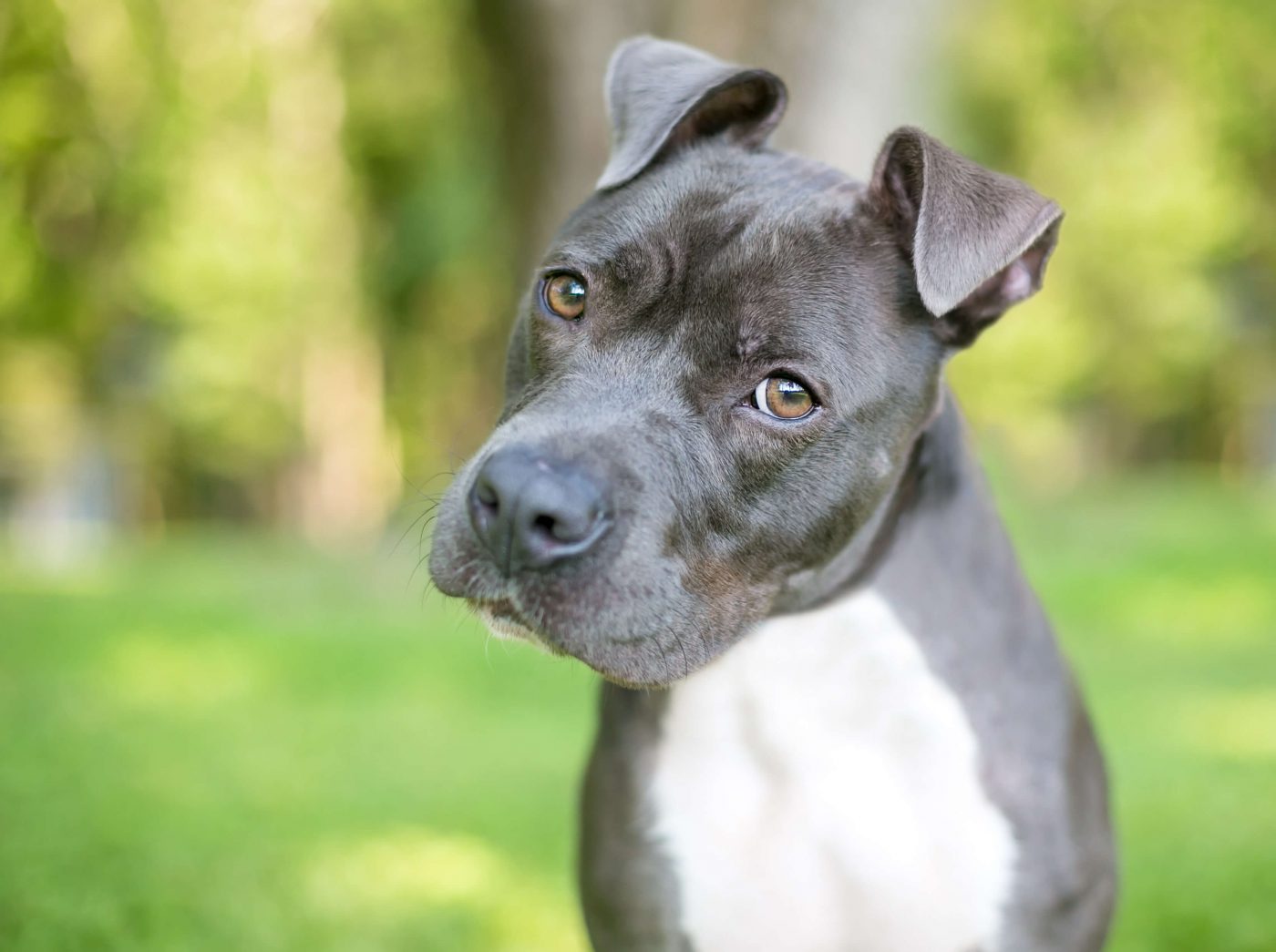
Introduction
Dog ears are an essential part of your furry friend's anatomy and play a crucial role in their overall well-being. Understanding the importance of dog ears and knowing how to properly care for them is vital for every dog owner. In this article, we will delve into the fascinating world of dog ears, explore common ear-related issues, and provide valuable tips on maintaining your dog's ear health.
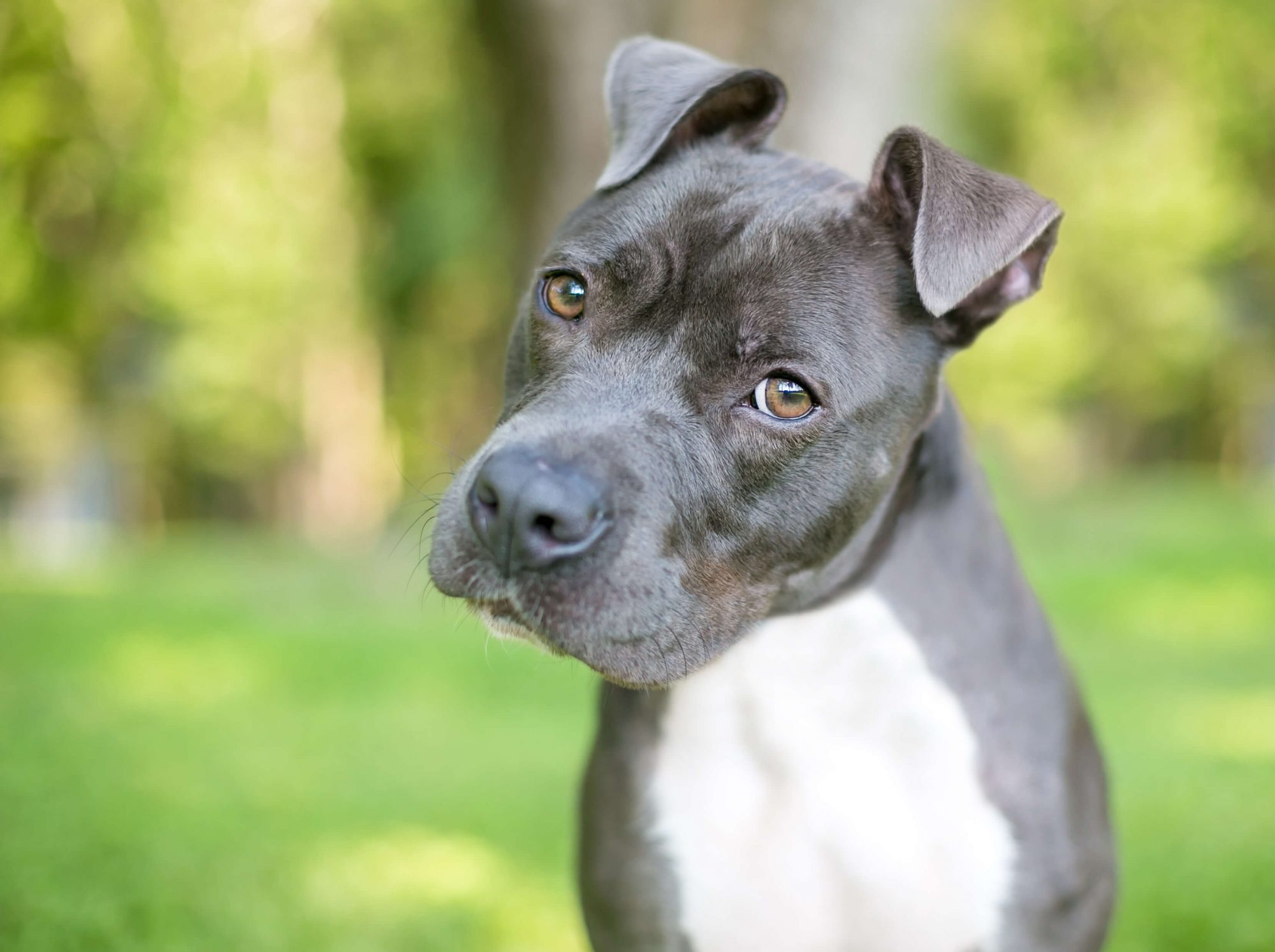
The Anatomy of Dog Ears
Before we delve into the various aspects of dog ear care, let's take a closer look at the anatomy of these remarkable appendages. A dog's ears consist of three main parts: the outer ear, the middle ear, and the inner ear.
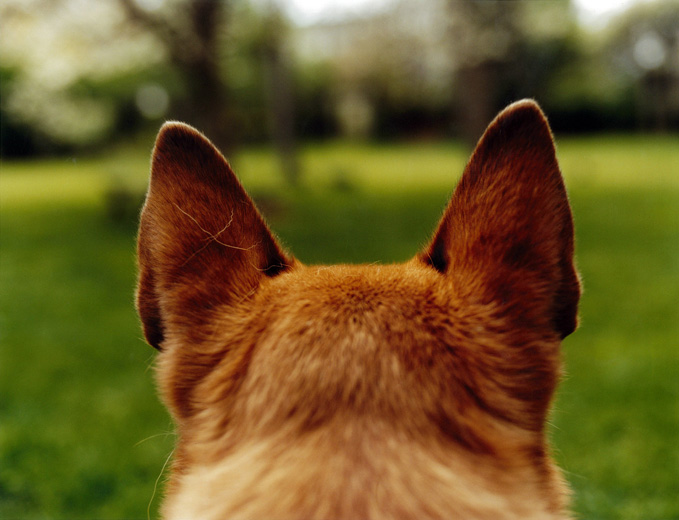
The Outer Ear
The outer ear, also known as the pinna or auricle, is the visible part of your dog's ear. It is composed of cartilage covered with skin and fur. The pinna serves to collect and funnel sound waves into the ear canal.
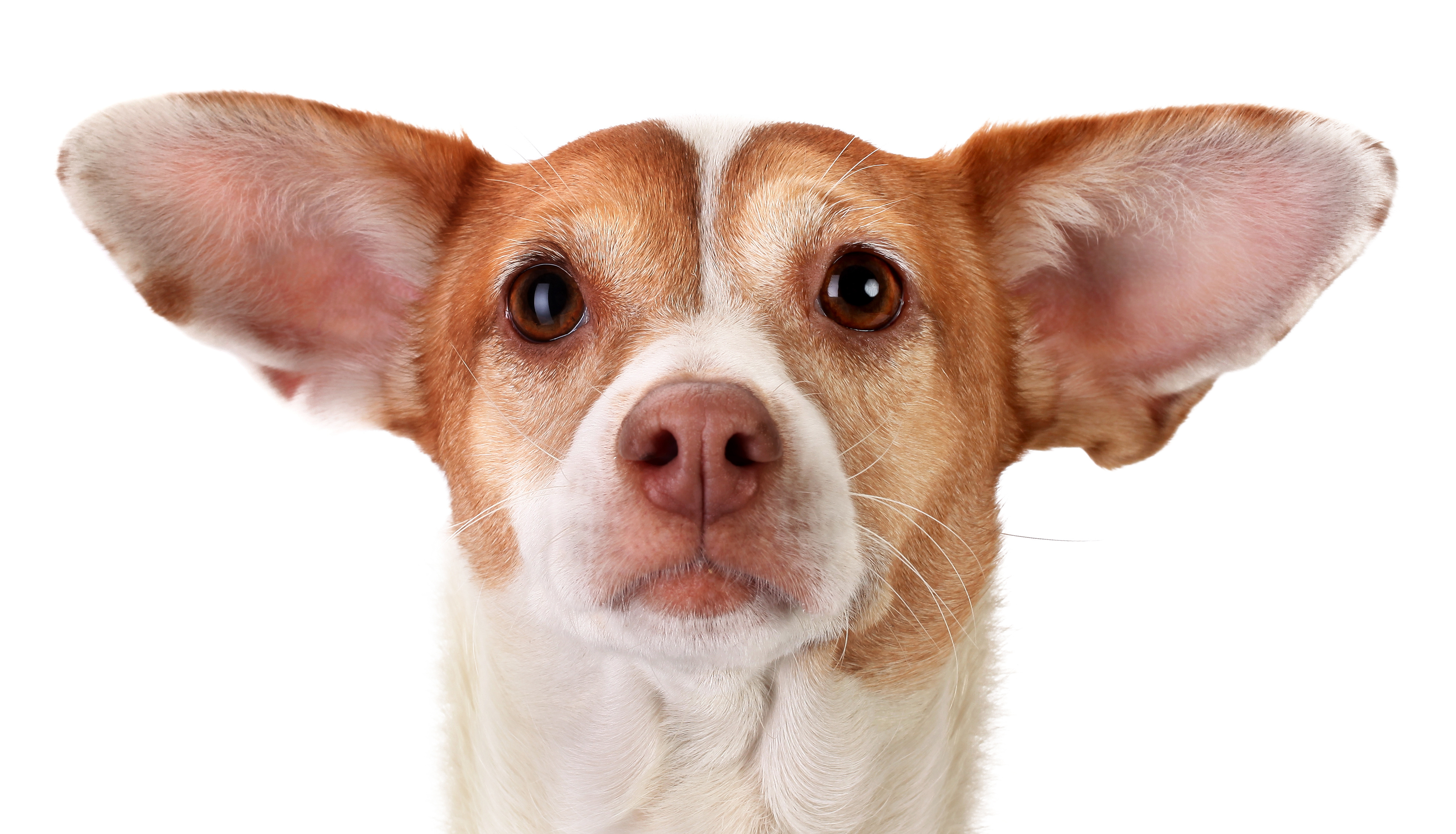
The Middle Ear
The middle ear is located between the eardrum and the inner ear. It contains the three smallest bones in the body: the hammer, anvil, and stirrup. These bones amplify and transmit sound vibrations to the inner ear.

The Inner Ear
The inner ear is responsible for converting sound vibrations into electrical signals that can be interpreted by the brain. It consists of the cochlea, which is responsible for hearing, and the vestibular system, which helps maintain balance and orientation.
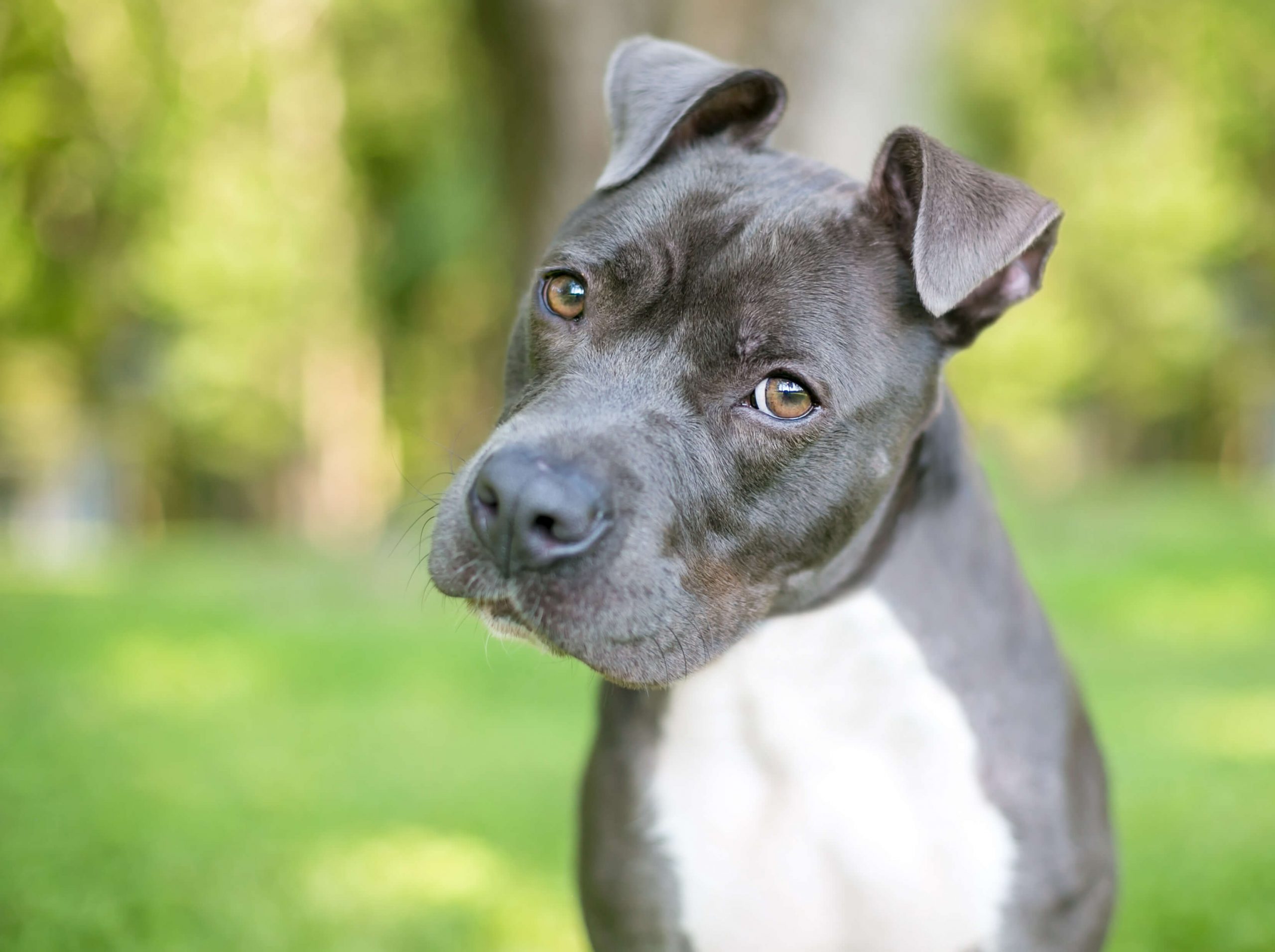
Common Ear Problems in Dogs
Dogs are prone to various ear problems, some of which can be quite uncomfortable or even painful. Here are a few common ear issues that dog owners should be aware of:
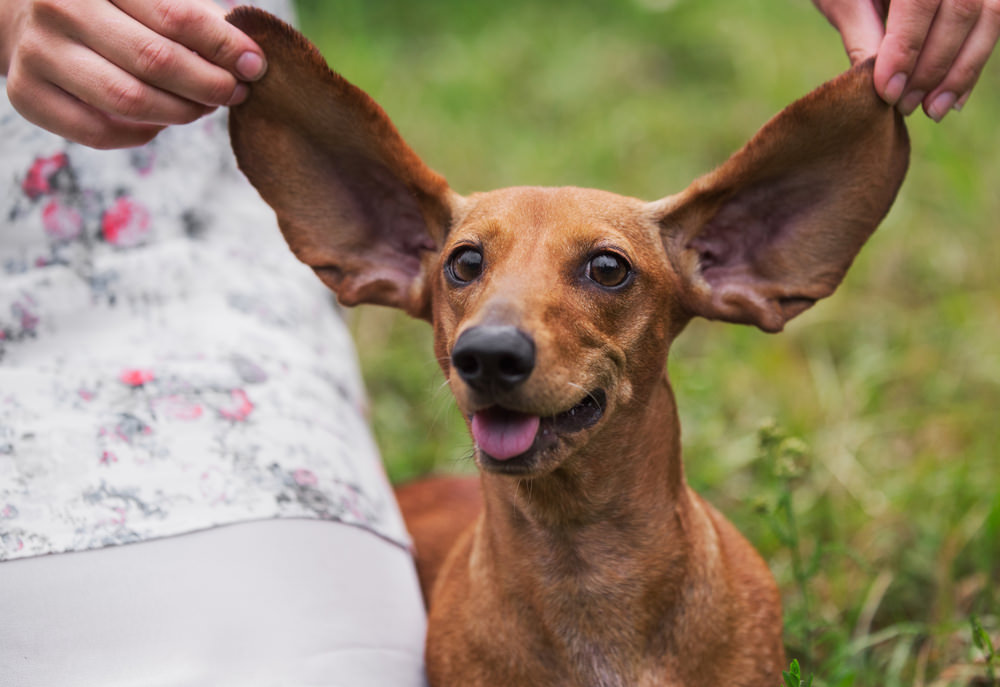
Ear Infections
Ear infections are one of the most prevalent ear problems in dogs. They can be caused by bacteria, yeast, allergies, foreign objects, or excessive moisture in the ear canal. Symptoms of an ear infection may include itching, redness, swelling, discharge, and a foul odor.

Ear Mites
Ear mites are tiny parasites that infest a dog's ears, causing irritation and discomfort. They are highly contagious and can easily spread from one pet to another. Common signs of ear mites include excessive scratching, head shaking, and dark, waxy debris in the ears.

Ear Hematomas
An ear hematoma occurs when blood accumulates between the layers of the ear flap, usually as a result of trauma or excessive shaking of the head. This can cause the ear to appear swollen and feel warm to the touch. Prompt veterinary attention is necessary to prevent complications.
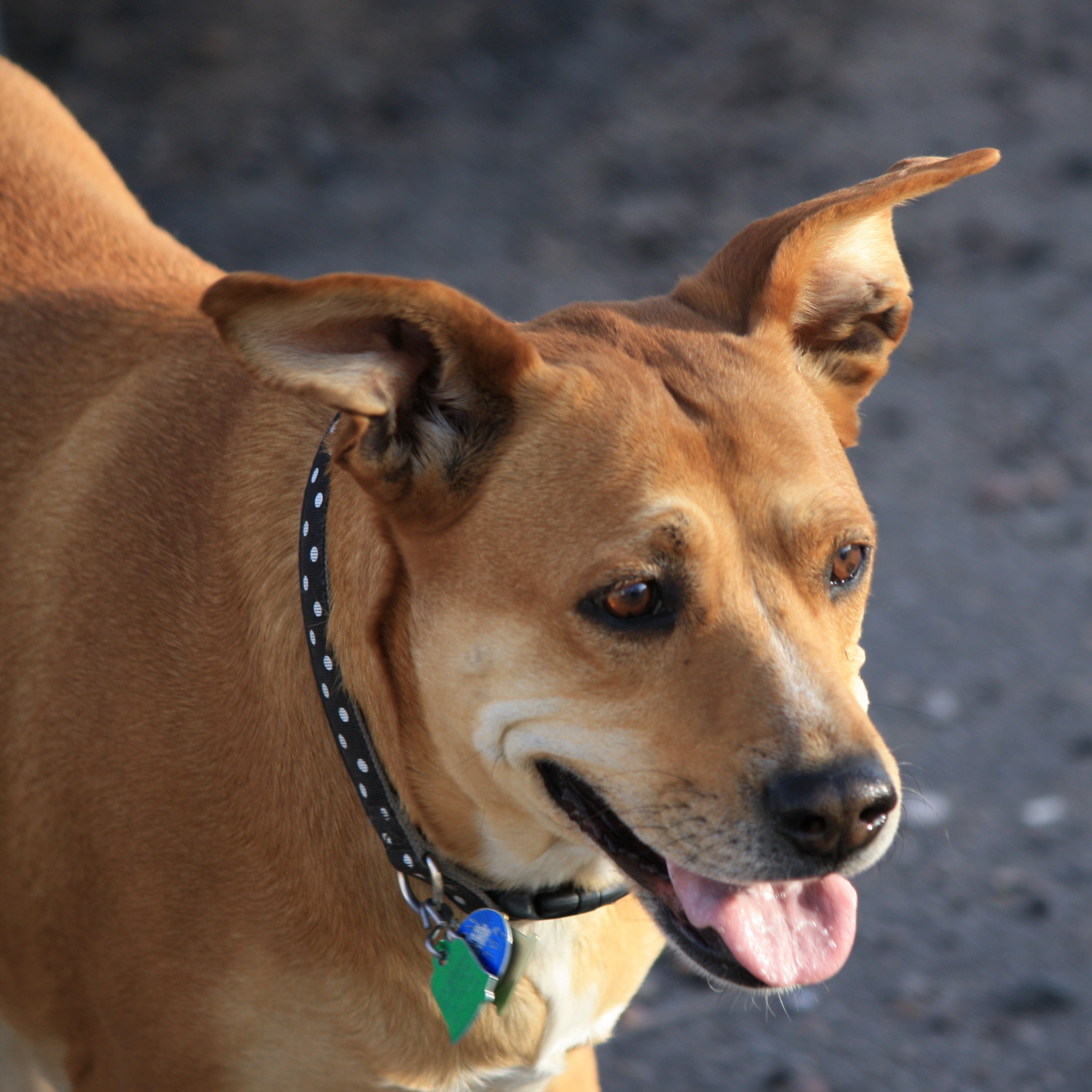
Preventing Ear Problems
While some ear problems may be inevitable, there are several preventive measures you can take to minimize the risk:

Regular Cleaning
Regularly cleaning your dog's ears is essential for maintaining good ear health. Use a gentle, pet-friendly ear cleaning solution and follow the instructions provided by your veterinarian to avoid causing any damage to the delicate structures inside the ear.

Trimming Excess Hair
Some dog breeds, particularly those with long, floppy ears, are more prone to ear problems due to excessive hair growth. Trimming or plucking excess hair around the ear canal can help improve air circulation and reduce the risk of infections.
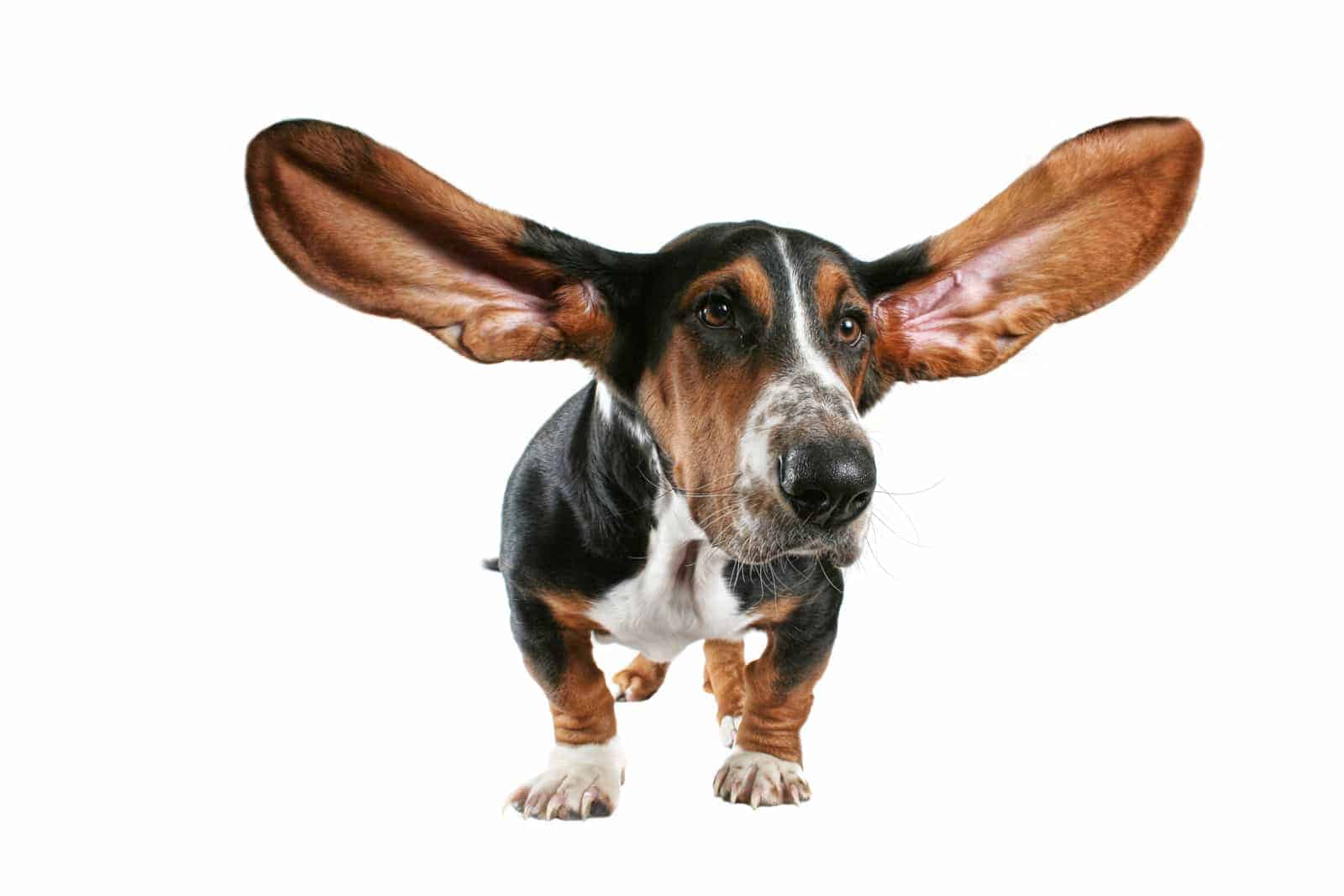
Avoid Moisture Accumulation
Moisture accumulation in the ear can create a favorable environment for the growth of bacteria and yeast. After bathing or swimming, make sure to thoroughly dry your dog's ears using a soft towel or a pet-specific ear drying solution.

Avoid Using Cotton Swabs
It's important to note that using cotton swabs or any sharp objects to clean your dog's ears can cause damage and potentially push debris further into the ear canal. Stick to using pet-approved ear cleaning solutions and follow the guidance of your veterinarian.
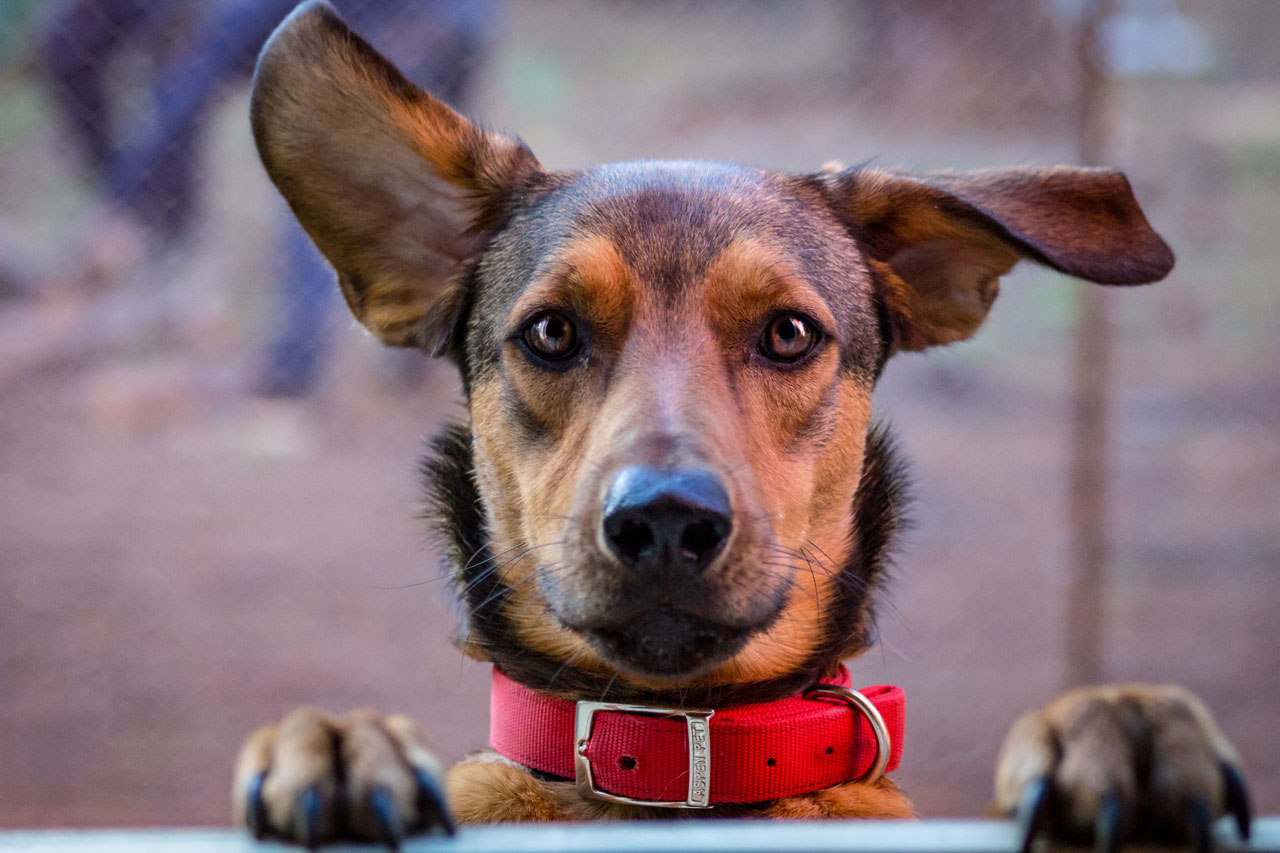
Regular Veterinary Check-ups
Regular visits to the veterinarian are crucial for keeping your dog's ears in good health. Your vet can examine your dog's ears, identify any potential issues, and provide appropriate treatment or preventive measures.

Conclusion
Dog ears are fascinating and intricate organs that require proper care and attention. By understanding the anatomy of dog ears and recognizing common ear problems, you can take proactive steps to maintain your dog's ear health. Remember to consult with your veterinarian for specific guidance tailored to your dog's individual needs.